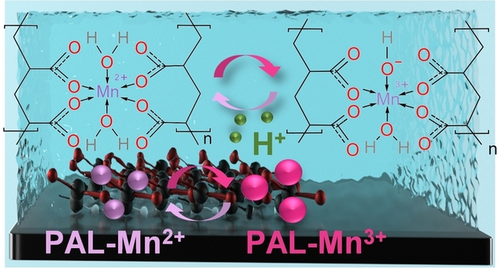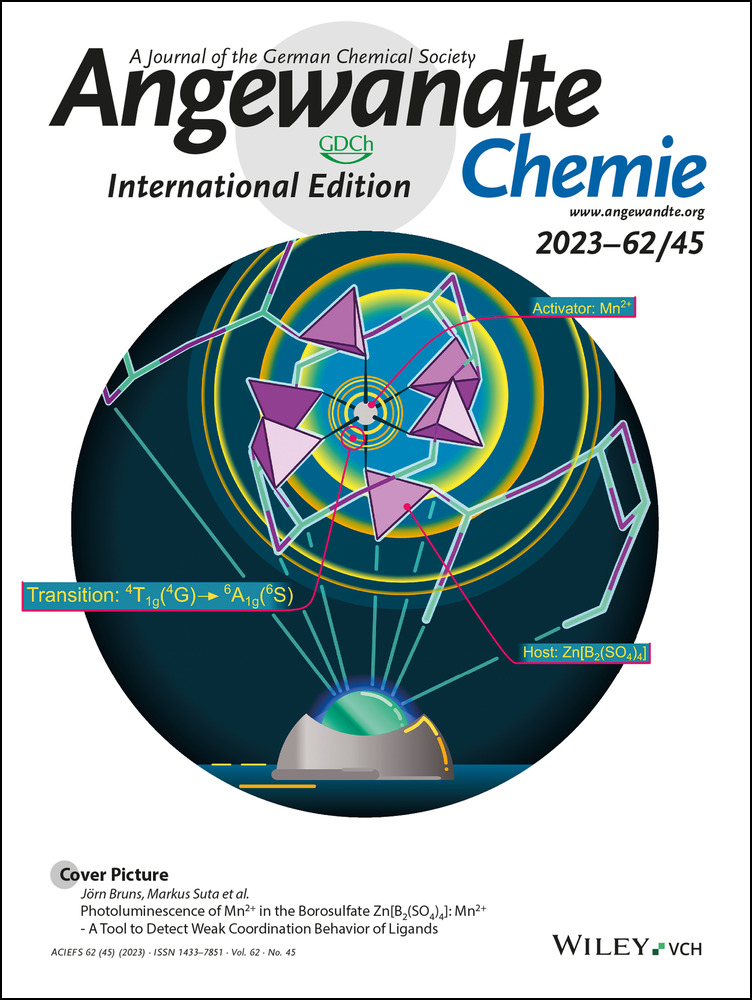An Organic Coordination Manganese Complex as Cathode for High-Voltage Aqueous Zinc-metal Battery
Graphical Abstract
Abstract
Aqueous Zn−Mn battery has been considered as the most promising scalable energy-storage system due to its intrinsic safety and especially ultralow cost. However, the traditional Zn−Mn battery mainly using manganese oxides as cathode shows low voltage and suffers from dissolution/disproportionation of the cathode during cycling. Herein, for the first time, a high-voltage and long-cycle Zn−Mn battery based on a highly reversible organic coordination manganese complex cathode (Manganese polyacrylate, PAL−Mn) was constructed. Benefiting from the insoluble carboxylate ligand of PAL−Mn that can suppress shuttle effect and disproportionationation reaction of Mn3+ in a mild electrolyte, Mn3+/Mn2+ reaction in coordination state is realized, which not only offers a high discharge voltage of 1.67 V but also exhibits excellent cyclability (100 % capacity retention, after 4000 cycles). High voltage reaction endows the Zn−Mn battery high specific energy (600 Wh kg−1 at 0.2 A g−1), indicating a bright application prospect. The strategy of introducing carboxylate ligands in Zn−Mn battery to harness high-voltage reaction of Mn3+/Mn2+ well broadens the research of high-voltage Zn−Mn batteries under mild electrolyte conditions.
Conflict of interest
The authors declare no conflict of interest.
Open Research
Data Availability Statement
The data that support the findings of this study are available from the corresponding author upon reasonable request.





